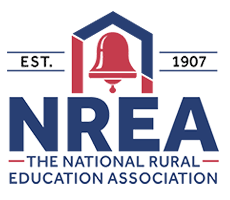Abstract
Service learning has been established as a promising method of teaching and learning that engages youth as change agents in their schools and communities. But service learning has not been widely implemented or studied in rural K-12 schools. This study explores the case of a service learning curriculum, the Working Together Project (WTP), in a rural, high-poverty school. Data collection included classroom observations, surveys, and individual/focus group interviews with participants of the curriculum. The case study findings illustrate how the WTP curriculum unfolded with students, benefits for the school (cross-generational collaboration, school introspection and improvement), benefits for the students (collaborative skills, professional skills, growth, and maturity), and the challenges of the WTP. This case highlights the potential of service learning to promote democratic citizenship in rural schools and communities.
Creative Commons License

This work is licensed under a Creative Commons Attribution 4.0 International License.
Recommended Citation
Ingman, B.,
Lohmiller, K.,
Cutforth, N.,
&
Belansky, E.
(2022).
The Potential of Service Learning in Rural Schools: The Case of the Working Together Project.
The Rural Educator, 43(2), 1-15.
https://doi.org/10.55533/2643-9662.1326



